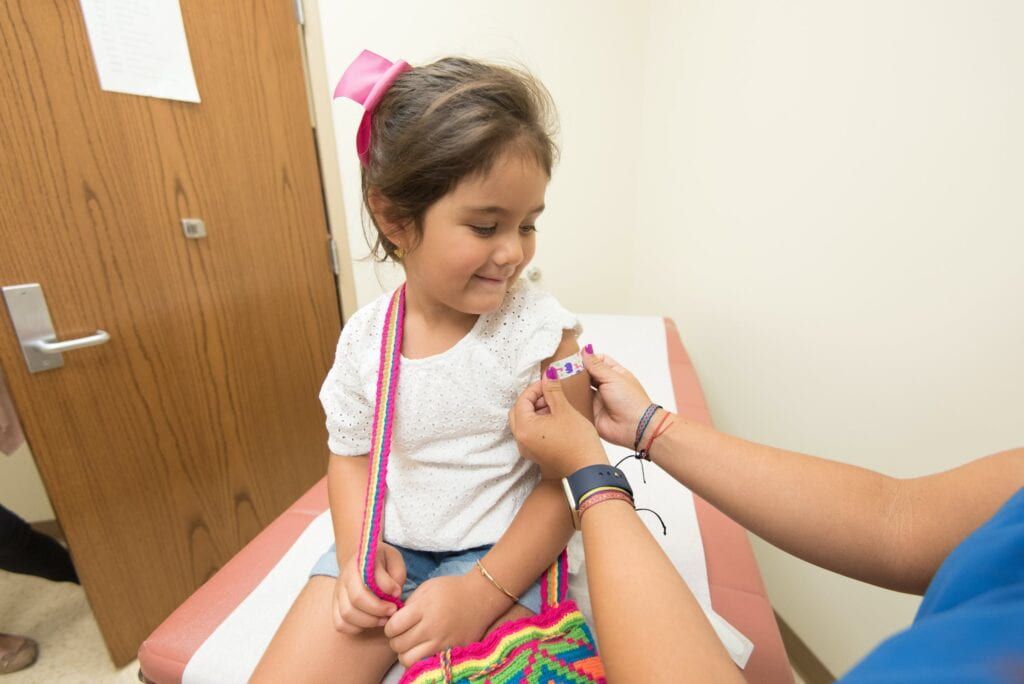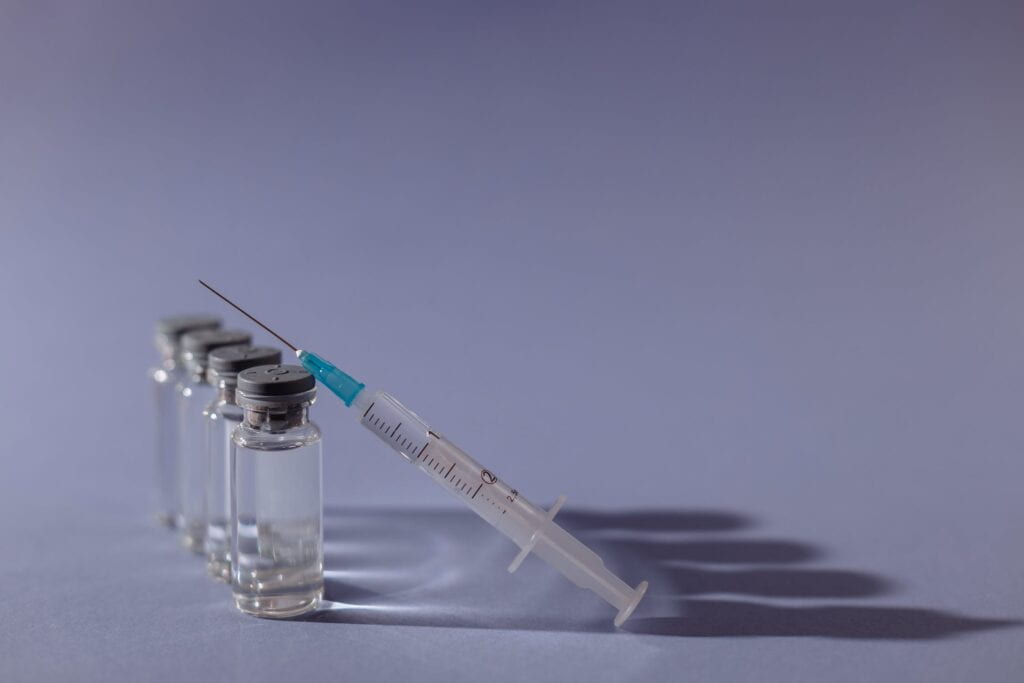A recently published study by the CDC reviewed the public health impacts of a large public gathering that occurred during July 3rd to 17th, 2021 in Provincetown, MA. The event was attended by vaccinated and unvaccinated individuals, and mask use was not required by vaccinated individuals but was not enforced in indoor environments. The methodology involved investigating outbreak clusters from primary and secondary infections of people who recently traveled to Provincetown. The results found approximately 1000 primary and 30 secondary COVID-19 cases that emerged from that event. From the people who tested positive approximately 918 were vaccinated, 55% with Pfizer/BioNTech, 32% Moderna, and 13% with the J&J vaccine. However, there were no measurable differences in cases when comparing them according to the vaccine received. Interestingly, 99% of the cases experienced symptoms but only 0.7% of vaccinated individuals required hospitalization, and 75% of those hospitalized reported underlying medical conditions.
Read the full study here.


